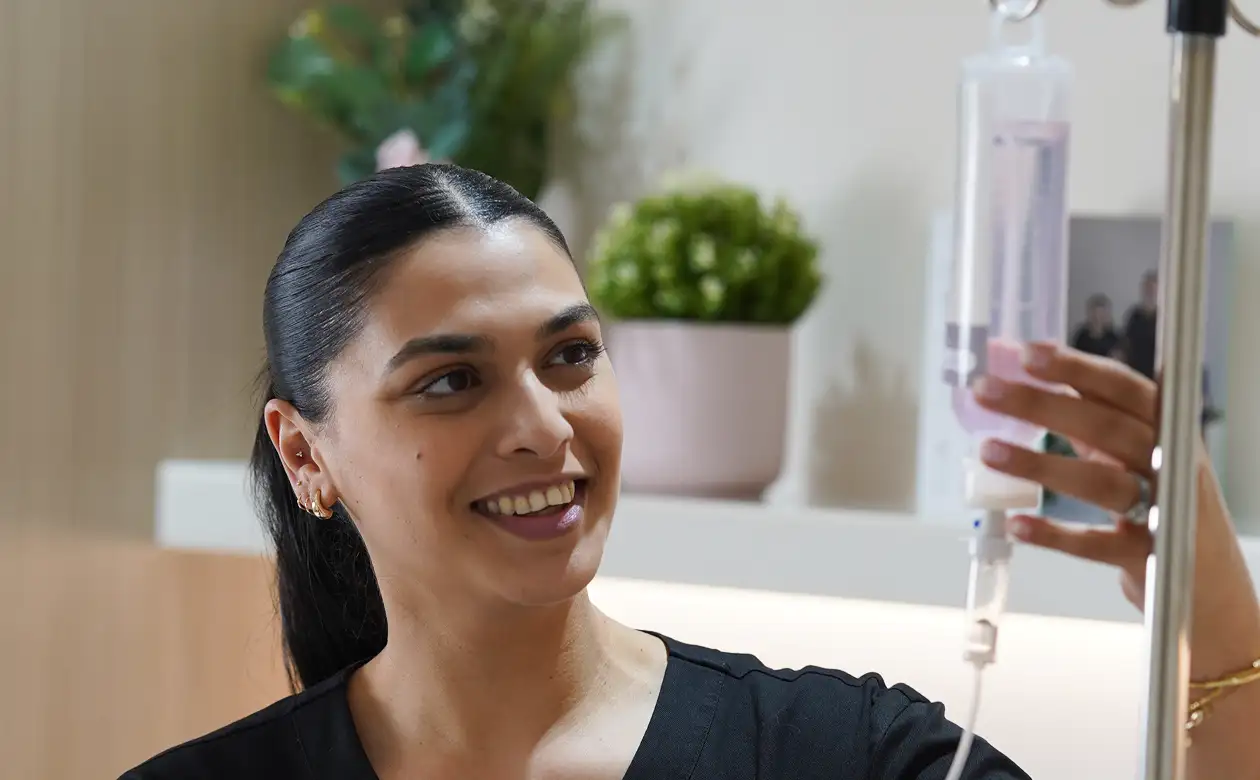When your body is stiff, sore, or just plain out of whack, even the most basic tasks like getting out of bed or walking a few steps to the kitchen seem like a Herculean effort. That’s where the answer comes in physiotherapy. It’s a gentle and safe process to ensure your body heals from an injury, surgery, or even years of bad posture or normal tension.
At The Nova Clinic, physiotherapy is more than just stretches and massages, it’s a thought-out process that makes people of all ages feel better, move better, and become stronger again. Instead of focusing only on the hurt, physiotherapy addresses where it started and how to allow your body to operate as it should. Whether it’s unwinding your muscles, reducing inflammation, or slowly improving strength after surgery, these treatments are designed to get you exactly where you need to be.
Let’s take a look at the five most common types of physiotherapy used by The Nova Clinic and exactly how each of them can help you feel like yourself again.
-
Deep Tissue Release
Occasionally muscles retain stress and tension for a long period particularly when we sit all day, work at a computer, or support stress in our back and shoulders. Deep Tissue Release is a method that softly pushes into the deeper layers of your muscles to release them.
It doesn’t only feel soothing; it really does break up tiny knots and tight areas that prevent you from moving around freely. Many find themselves sore afterward, but looser and more supple the following day. The therapy is wonderful for individuals who’ve been stiff for months or even years.
-
Trigger Point Therapy
Have you ever had someone push on one place and get pain somewhere entirely different? That’s a trigger point. They are little, hard knots in your muscles that will give you headaches, neck or shoulder pain. Trigger Point Therapy seeks out the troublemakers you can’t see and presses gently on them to let the muscle release. When they’re let go, your muscles can flex and move more without tugging on everything else. It’s incredible what a little thing like that can do to make a huge impact if treated properly.
-
Lymphatic Drainage Massage
When you have surgery or when your body is puffy and heavy, you might notice that your arms or your legs become swollen. That’s usually because fluid is trapped in your tissues. Lymphatic Drainage Massage is an extremely gentle and light form of massage that allows this fluid to flow so your body can eliminate it on its own.
It’s not painful at all in fact, most people find it calming. It’s especially helpful if you’ve had surgery, an injury, or any kind of swelling. After the session, individuals tend to feel lighter, more energized, and more balanced.
-
Post Surgery Therapy
While surgery can repair something within your body, it’s a process that takes time and that’s where Post Surgery Therapy comes in. Following an operation, your muscles may feel tight or weak, and even walking about may be problematic.
Post Surgery Therapy is specifically designed to assist you in recuperation safely. It begins with little movements to loosen up and then gradually incorporates gentle exercises to regain strength. Your physiotherapist will assist you so that you don’t overwork yourself and get injured. It’s about gaining confidence in your body gradually step by step.
-
Mobilization and Stretching
When joints do not move properly, they can cause the feeling of being stuck even if your muscles are strong. Stretching and mobilization are easy but effective methods of getting your joints to move more easily. A therapist may bring your joints through certain movements gently or take your body through stretches that feel good without going too far.
This type of work is beneficial for individuals who are stiff, elderly, or anyone who hasn’t moved in a while. Most people find that after a few sessions, they walk more easily, bend further, and even breathe a bit better.
How Physiotherapy Is Planned Just for You
No two bodies are alike and that’s the reason why physiotherapy is not one size fits all. Prior to your treatment, a physiotherapist at The Nova Clinic will take the time to get to know your body. They’ll question you, observe how you move, and find out where you hurt or feel tight. Next, they’ll create a plan that is tailored specifically to your needs.
If you require one technique or an integration of several, your sessions are tailored on the response your body gives. It’s not about doing more, it’s about doing what works best for your recovery and comfort.
Why Combining Techniques Can Speed Up Healing
At times, one treatment isn’t sufficient in isolation. That is why physiotherapists sometimes combine a variety of techniques to facilitate quicker healing for your body. For example, after surgery, you can start with Lymphatic Drainage Massage to assist fluid leaving the area, followed by Mobilization to assist your joints move freely, and then try Deep Tissue Release to assist in releasing contracted muscles.
Each method treats something differently, and together they can produce better outcomes. The goal is to aid your healing from every direction, so you will recover faster and be stronger and able to move about sooner.
Final Thoughts
Physiotherapy is not just for athletes or those who have experienced major traumas. It’s for anyone who wants to feel better in their body, increase their mobility, or just wake up every morning without pain. At The Nova Clinic, these five methods are mixed or used on their own depending on what your body needs.
If you’re dealing with pain, recovering from surgery, or just want to stay active in your later years, physiotherapy may be a safe and effective way of getting stronger, feeling better, and feeling comfortable moving again.









